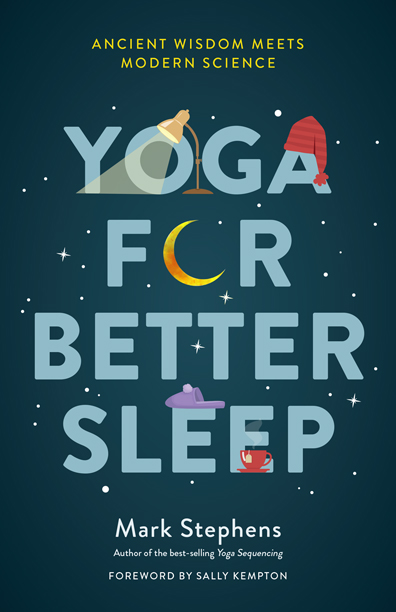On Practice & Teaching
Getting Sleepy: The Parasympathetic Nervous System
In thinking about the nervous system, it makes sense to assume it is the part of us that makes us feel nervous. It does. But part of our nervous system makes us feel calm, relaxed, and sleepy. It is called the parasympathetic nervous system (PNS), with the nickname “rest and digest.”
The PNS is part of our autonomic nervous system (ANS), which works through a network of sensory and motor neurons that are connected to our internal organs and automatically regulates most of our physiological processes without our awareness. You might be more familiar with the other side of the ANS, the sympathetic nervous system (SNS), which generates our “fight or flight” responses and often seems to stay in the “on” position in reaction to stress. The SNS tends to get a bad rap, but it is vitally important to our survival and has some sweeter effects, such as accompanying the release of the “tend-and- befriend” hormone oxytocin and allowing us to feel close, playful, and joyful with others.
Whereas the SNS helps us to safely and effectively deal with our external environment (using exteroceptive sensory data), the PNS uses interoception (internal sensations) to help us let go of environmental stimulation and come into complete samtosa, inner contentment. It gives us our resting state, returning us to homeostasis and allowing us to simply feel good. Rather than the PNS occurring only automatically, we can actively do things to stimulate it, which is important in having better sleep (especially sleep onset).
The calming breathing techniques, relaxing asanas, and mindful meditation practices given throughout part II draw us away from the stressful activation of the SNS and deliver us into the sleep-friendly activation of the PNS.
Pre-Order Now! Available August 13th
Recent Posts
Contact Mark
Email: mark@markstephensyoga.com
Tel: 888-594-9642
Mailing:
Mark Stephens Yoga
1010 Fair Avenue, Suite C
Santa Cruz, CA 95060




